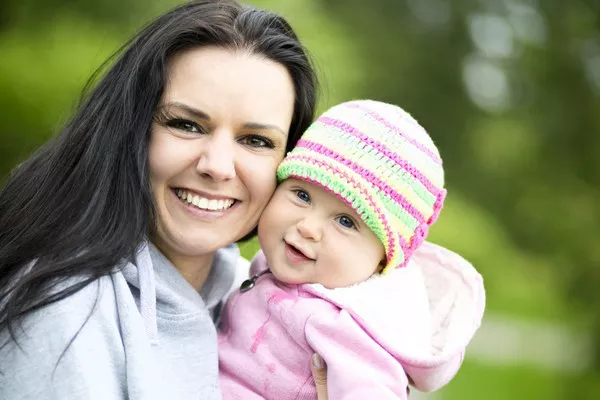The journey of human language development begins with the sweet melodies of cooing. Cooing is an essential milestone that marks the emergence of vocal communication in infants. It is a fascinating stage when babies explore their vocal abilities and start to engage with the world around them through vocalizations. In this article, we will delve into the details of cooing, exploring when infants typically begin to coo, the significance of this stage, and how it sets the foundation for language acquisition.
Understanding Cooing:
Cooing refers to the early vocalizations made by infants, characterized by soft vowel-like sounds, babbling, and gurgling noises. These sounds may be rhythmic, melodic, and highly expressive. Cooing serves as a bridge between nonverbal communication and the eventual development of spoken language.
When Does Cooing Begin?
Infants typically begin cooing between the ages of six to eight weeks. It is during this time that they start to experiment with vocal sounds and discover the range of their own vocal cords. While every baby develops at their own pace, this age range provides a general guideline for the onset of cooing.
Why is Cooing Important?
Cooing is an integral part of an infant’s language development process. It serves several crucial purposes:
- Vocal Exploration:
Cooing allows infants to explore the capabilities of their vocal apparatus. By producing different sounds, they learn to control their vocal cords, mouth, and tongue, setting the stage for more complex vocalizations later on.
- Social Interaction:
Cooing acts as an early form of communication between infants and their caregivers. As babies coo, they elicit responses from adults, fostering bonding and emotional connection. This interaction helps lay the foundation for future social and language development.
- Preparing the Brain for Language:
Cooing engages the auditory system, allowing infants to perceive and differentiate various sounds. This early exposure to speech sounds helps wire the developing brain for future language acquisition.
Progression Beyond Cooing:
After the cooing stage, infants begin to explore more complex vocalizations. Babbling emerges as they experiment with consonant-vowel combinations, such as “ba-ba” or “ma-ma.” This babbling stage typically occurs between four to six months of age. It is important to note that individual variations exist, and some babies may exhibit earlier or later onset of babbling.
Encouraging Language Development:
Parents and caregivers can play a pivotal role in supporting infants’ language development during the cooing and babbling stages. Here are a few tips to encourage this progress:
- Responsive Communication:
Respond promptly and positively to your baby’s vocalizations. Maintain eye contact, smile, and engage in conversational turns to encourage further cooing and babbling.
- Verbal Stimulation:
Talk, sing, and read to your baby regularly. Exposing them to rich language experiences enhances their language skills and provides models for imitation.
- Imitation:
Imitate your baby’s coos and babbling sounds. This encourages them to engage in turn-taking, strengthens their connection to you, and reinforces their language development.
- Create a Language-Rich Environment:
Surround your baby with stimulating sounds and sights. Play soft music, introduce age-appropriate toys with sound, and provide exposure to nature sounds and household noises.
Conclusion:
Cooing marks an exciting phase in an infant’s language development journey. As infants begin to explore their vocal abilities and engage in early communication, cooing becomes a foundation for future language acquisition. By understanding the timing and significance of this stage, parents and caregivers can actively participate in fostering language development in their infants. Embracing the coos, babbling, and other vocalizations of our little ones lays the groundwork for their linguistic potential, opening up a world of communication and connection.


